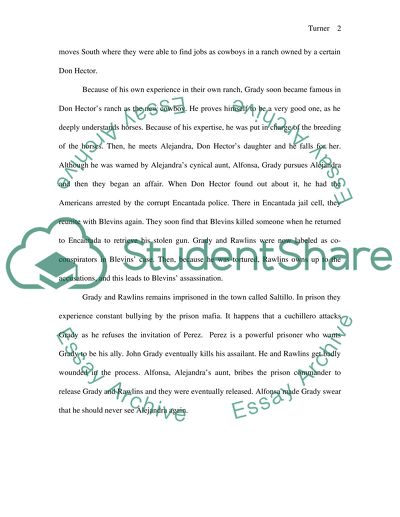Cite this document
(“All The Pretty Horses by Cormac Mc Carthy Research Paper”, n.d.)
Retrieved from https://studentshare.org/english/1428615-all-the-pretty-horses-by-cormac-mc-carthy
Retrieved from https://studentshare.org/english/1428615-all-the-pretty-horses-by-cormac-mc-carthy
(All The Pretty Horses by Cormac Mc Carthy Research Paper)
https://studentshare.org/english/1428615-all-the-pretty-horses-by-cormac-mc-carthy.
https://studentshare.org/english/1428615-all-the-pretty-horses-by-cormac-mc-carthy.
“All The Pretty Horses by Cormac Mc Carthy Research Paper”, n.d. https://studentshare.org/english/1428615-all-the-pretty-horses-by-cormac-mc-carthy.


